Do you have a question about the NuAire DRIMASTER 2000 and is the answer not in the manual?
Ensures adequate loft ventilation and checks for potential issues like blocked vents or air leaks.
Provides guidance on the correct placement of the air diffuser for optimal whole-house ventilation.
Detailed instructions for installing the air outlet diffuser into the ceiling, with options for plastic or painted types.
Describes standard and optional methods for mounting the main unit in the loft space using fixings or brackets.
Details on using an optional kit to mount the unit to roof joists for enhanced stability.
Instructions on how to attach the air filters to the main body of the unit.
Guidance on filter servicing and replacement intervals, typically every five years.
Essential safety information and procedures for connecting the unit to the electrical supply by a qualified electrician.
Information on linking the unit to smoke/CO detectors for automatic shutdown.
Details about the remote temperature sensor, its LED indicators, and its role in heat recovery mode.
Instructions for selecting a suitable location and mounting the remote sensor correctly.
Instructions on wiring a switch to manually boost the unit's airflow to maximum speed.
Explains the 6 air volume settings and how to select them using the unit's indicator panel.
Details 5 different automatic operating modes based on loft and room temperatures.
Step-by-step guide on how to adjust the unit's fan speed.
Information on the factory default temperature sensing settings.
Procedure for resetting the filter replacement reminder after servicing.
Ensures adequate loft ventilation and checks for potential issues like blocked vents or air leaks.
Provides guidance on the correct placement of the air diffuser for optimal whole-house ventilation.
Detailed instructions for installing the air outlet diffuser into the ceiling, with options for plastic or painted types.
Describes standard and optional methods for mounting the main unit in the loft space using fixings or brackets.
Details on using an optional kit to mount the unit to roof joists for enhanced stability.
Instructions on how to attach the air filters to the main body of the unit.
Guidance on filter servicing and replacement intervals, typically every five years.
Essential safety information and procedures for connecting the unit to the electrical supply by a qualified electrician.
Information on linking the unit to smoke/CO detectors for automatic shutdown.
Details about the remote temperature sensor, its LED indicators, and its role in heat recovery mode.
Instructions for selecting a suitable location and mounting the remote sensor correctly.
Instructions on wiring a switch to manually boost the unit's airflow to maximum speed.
Explains the 6 air volume settings and how to select them using the unit's indicator panel.
Details 5 different automatic operating modes based on loft and room temperatures.
Step-by-step guide on how to adjust the unit's fan speed.
Information on the factory default temperature sensing settings.
Procedure for resetting the filter replacement reminder after servicing.
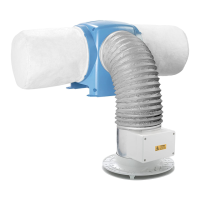

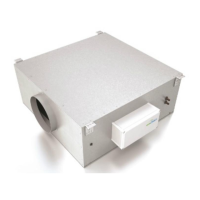
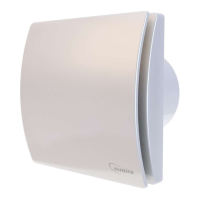

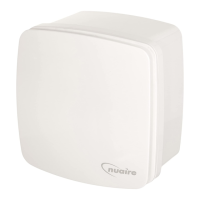
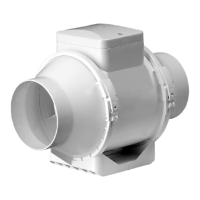
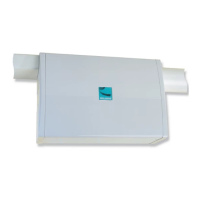
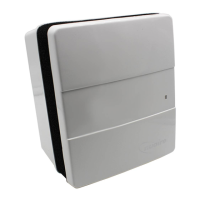

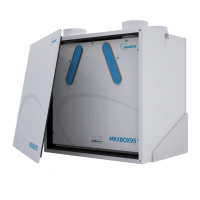
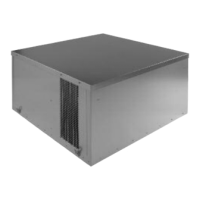
